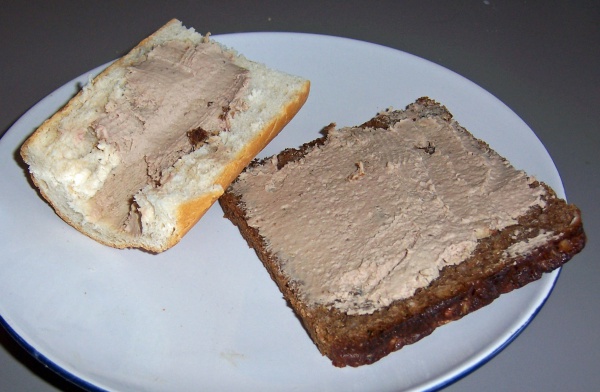Facts About Rugbrød
Rugbrød, a cherished staple in Denmark, is an integral part of the Danish diet. Imagine a long, brown loaf, typically around 12 cm tall and 30-35 cm long. This robust bread is crafted from rye flour, cracked or chopped rye kernels, and a blend of seeds such as sunflower, flax, or pumpkin seeds. Occasionally, you'll also find wheat flour and whole rye grains included in the recipe.
The magic of rugbrød begins with sourdough, indispensable because rye flour requires an acidic environment to rise properly. This is achieved through natural fermentation involving Lactobacillus cultures and yeast, such as Saccharomyces exiguus.
What sets rugbrød apart is its nutritional profile. It's low in fat but rich in whole grains and fiber, making it a healthier option compared to white bread. Often, it is subtly sweetened with barley malt syrup, imparting a distinctive flavor.
In Denmark, buttered rugbrød serves as the foundation for smørrebrød, the renowned Danish open sandwiches. These delightful creations are more than just a meal; they are a cultural tradition that highlights the simplicity and richness of Danish cuisine.

 Germany
Germany